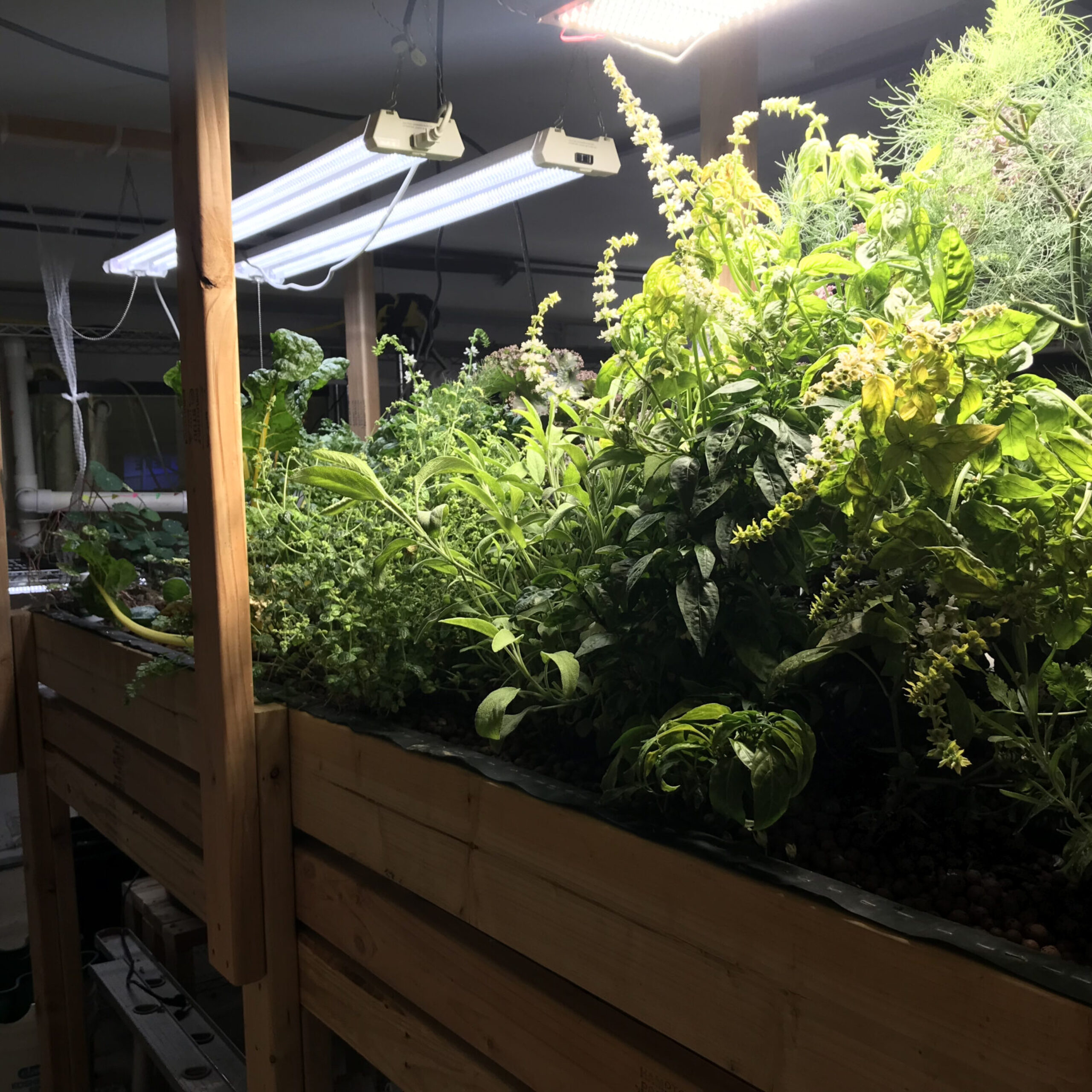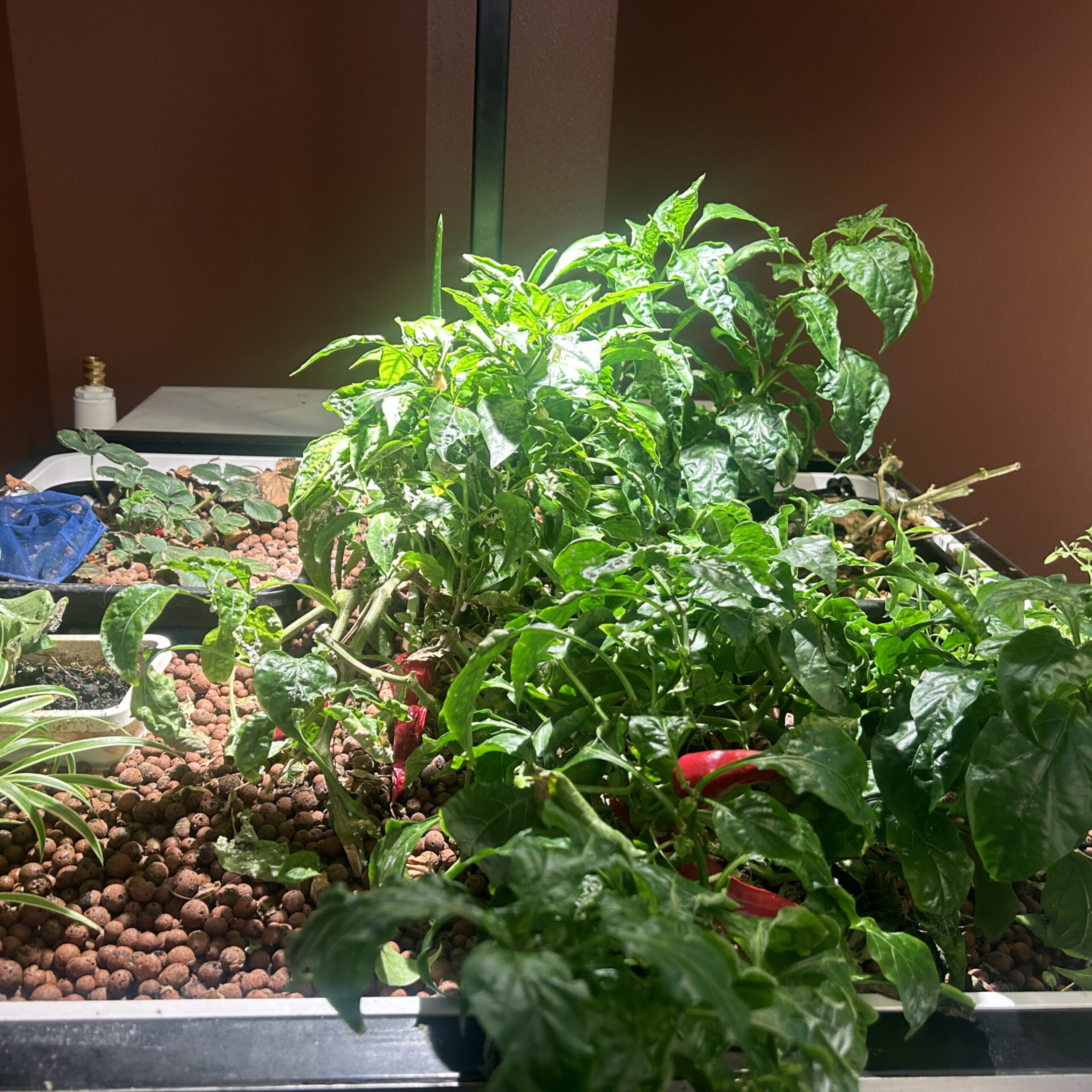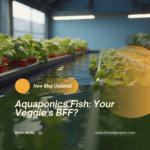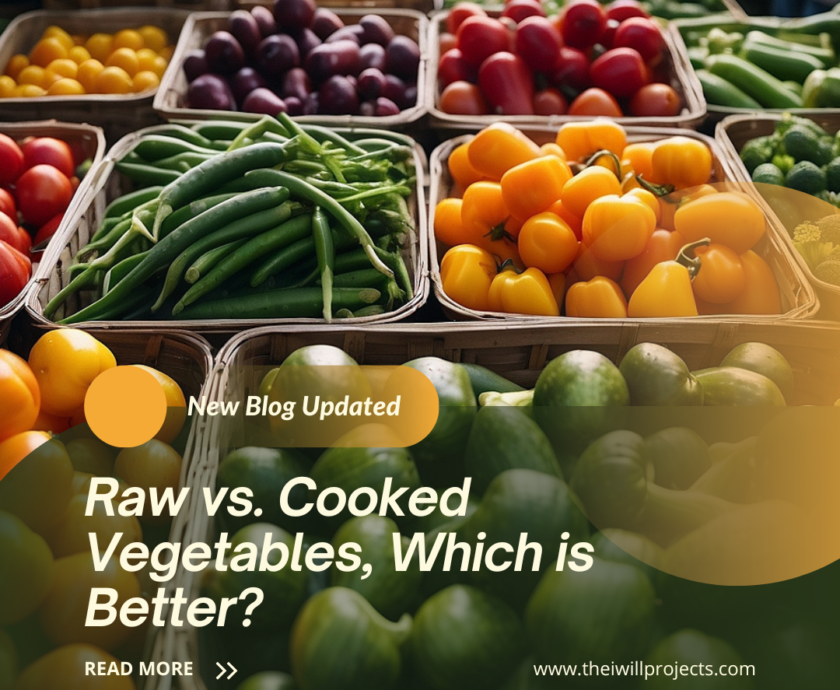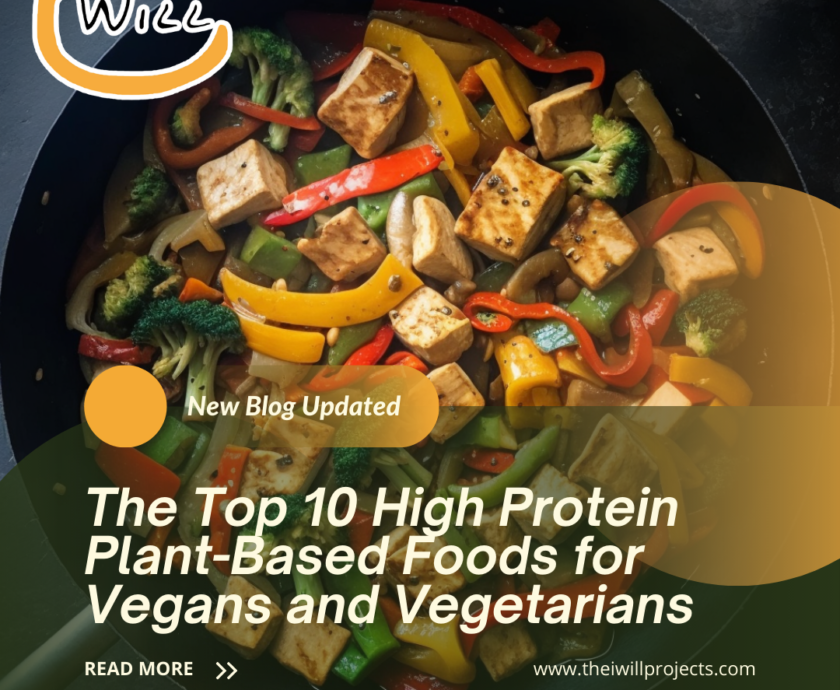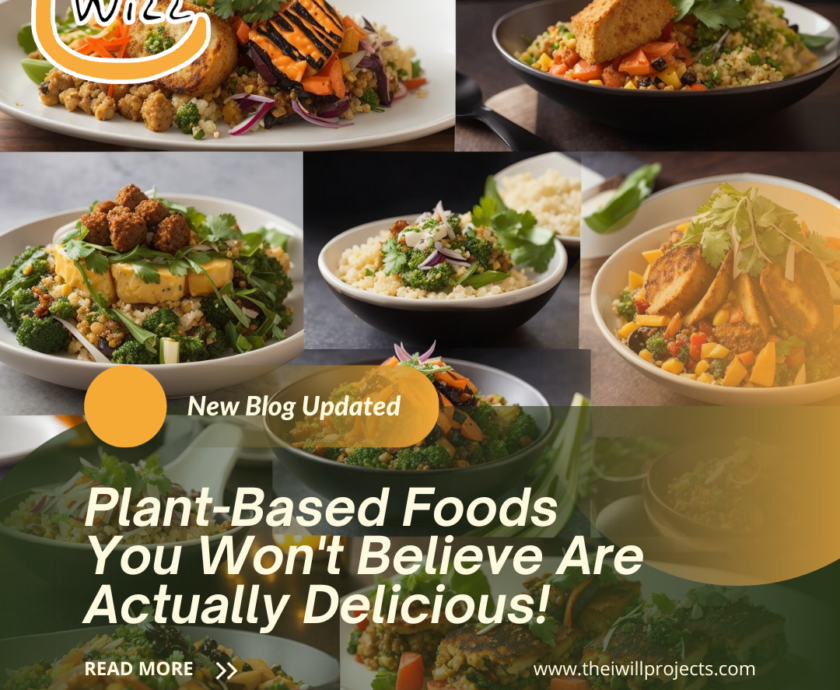“Plant-based diets can provide all the necessary protein and nutrients, while also promoting a more sustainable and ethical food system.” – Brenda Davis, Registered Dietitian and Author
TweetTable of contents
- Introduction to Plant-Based Proteins
- What Are Plant Proteins?
- Nutritional Benefits of Plant Proteins
- Health Benefits of Plant Proteins
- Top Sources of Plant Proteins
- Incorporating P lant-Based Nutrition into Your Diet
- Plant Protein Supplements
- The Environmental Impact of Plant Proteins
- Economic Benefits of Plant Proteins
- Plant Proteins in Different Cuisines
- Plant Proteins for Athletes
- Common Myths About Plant Proteins
- Plant Proteins for Weight Loss
- Comparing Plant Proteins to Animal Proteins
- Popular Plant Protein Products
- Recipes Featuring Plant Proteins
- Plant Protein Snacks
- Challenges and Solutions for Transitioning to Plant Proteins
- Plant Proteins for Children
- Scientific Research on Plant Proteins
- How to Grow Your Own Plant Proteins
- FAQs
Introduction to Plant-Based Proteins
The shift towards plant-based diets has gained remarkable traction in recent years, fueled by growing awareness of the health, environmental, and ethical implications of food choices.
This comprehensive guide delves into the world of plant-based proteins, exploring their benefits, sources, and ways to incorporate them into a balanced diet.
Whether you’re a seasoned vegan or simply looking to reduce your meat intake, understanding plant-based nutrition is essential for maintaining a healthy and sustainable lifestyle.

What Are Plant Proteins?
Plant-based sources of protein are abundant and diverse, derived from legumes, nuts, seeds, grains, and vegetables.
Unlike animal sources such as meat, dairy, and eggs, plant-based nutrition offers a unique nutritional profile, often rich in fiber, vitamins, and minerals, along with protein.
Common examples of protein-rich plant foods include lentils, chickpeas, quinoa, almonds, chia seeds, and spinach.
Nutritional Benefits of Plant Proteins
One of the standout features of plants is their nutrient density.
In addition to providing essential amino acids, these proteins are packed with vitamins, minerals, and antioxidants.
For instance, legumes like beans and lentils are high in B vitamins and iron, while nuts and seeds offer healthy fats and vitamin E.
Furthermore, plant-based nutrition is naturally high in dietary fiber, which aids in digestion and helps maintain a healthy weight.
Health Benefits of Plant Proteins
Incorporating plant-based nutrition into your diet can have a profound impact on your health.
Research has shown that diets rich in plants are associated with lower risks of heart disease, hypertension, and type 2 diabetes.
These proteins are typically lower in saturated fat and cholesterol compared to animal proteins, promoting better cardiovascular health.
Additionally, the high fiber content in plants helps regulate blood sugar levels and supports a healthy gut microbiome.
Top Sources of Plant Proteins
To build a balanced plant-based diet, it’s important to include a variety of protein sources. Some of the best sources include:
- Legumes: Beans, lentils, chickpeas, and peas are excellent protein sources with high fiber content.
- Nuts and Seeds: Almonds, walnuts, chia seeds, and flaxseeds provide healthy fats along with protein.
- Grains: Quinoa, farro, and bulgur are protein-rich grains that can be easily incorporated into meals.
- Vegetables: Spinach, broccoli, and Brussels sprouts are not only rich in protein but also loaded with vitamins and minerals.
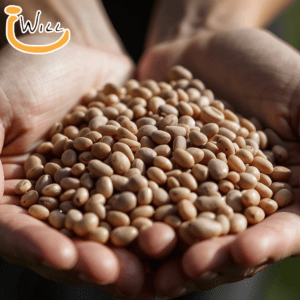
Legumes as Protein Powerhouses
Legumes are a cornerstone of plant-based nutrition due to their high protein and fiber content.
They are also versatile and can be used in a variety of dishes.
For instance, lentils can be added to soups, stews, and salads, while chickpeas can be transformed into hummus or roasted for a crunchy snack.
Beyond protein, legumes are a good source of iron, folate, and potassium, making them a nutritious addition to any diet.
Nutritional Value of Nuts and Seeds
Nuts and seeds are compact powerhouses of nutrition.
Almonds, for example, are high in protein, healthy fats, and vitamin E, which is beneficial for skin health.
Chia seeds, on the other hand, are known for their high omega-3 fatty acid content and can be used in puddings, smoothies, or as an egg substitute in baking.
Including a variety of nuts and seeds in your diet ensures a wide range of nutrients.
Grains and Their Protein Content
Grains are often overlooked as protein sources, but they play a crucial role in a plant-based diet.
Quinoa, a complete protein containing all nine essential amino acids, is particularly notable.
It can be used as a base for salads, bowls, and even breakfast porridge.
Other grains like farro and bulgur also contribute significantly to protein intake and can be incorporated into soups, salads, and side dishes.
Vegetables Rich in Protein
While vegetables are not typically known for their protein content, certain varieties are surprisingly rich in this nutrient.
Spinach, for example, provides a substantial amount of protein along with iron and calcium.
Broccoli and Brussels sprouts also offer a decent protein content while being high in fiber and vitamins.
These vegetables can be steamed, roasted, or added to a variety of dishes to boost their nutritional value.
Incorporating Plant-Based Nutrition into Your Diet
Transitioning to a diet rich in plant-based proteins can be seamless with proper meal planning and creativity.
Start by incorporating plants into familiar dishes.
For example, replace ground beef with lentils in a shepherd’s pie or use chickpeas instead of chicken in a curry.
Additionally, exploring new recipes and cuisines that emphasize plants can make the transition enjoyable and flavorful.
Plant Protein Supplements
For those who struggle to meet their protein needs through food alone, plant-based protein supplements can be a convenient option.
Available in various forms such as powders, bars, and shakes, these supplements are derived from sources like peas, hemp, and brown rice.
When choosing a supplement, look for one that is free from artificial additives and has a complete amino acid profile to ensure you’re getting a balanced source of protein.
The Environmental Impact of Plant Proteins
Switching to plant-based nutrition has significant environmental benefits.
Plant-based diets generally have a lower carbon footprint compared to diets rich in animal proteins.
Growing plants for food requires less land, water, and energy, and produces fewer greenhouse gases.
By opting for plant-based nutrition, individuals can contribute to reducing their environmental impact and promoting sustainable food systems.
Economic Benefits of Plant Proteins
In addition to their health and environmental benefits, plant-based nutrition are often more cost-effective than animal proteins.
Beans, lentils, and grains are typically less expensive and have a longer shelf life than meat and dairy products.
This makes plant-based nutrition accessible to a broader population and can contribute to more sustainable food budgets.
Plant Proteins in Different Cuisines
Many cultures around the world have long embraced plant-based nutrition as staples in their diets.
In Asian cuisine, tofu and tempeh are popular protein sources, while lentils and chickpeas are essential in Indian cooking.
The Mediterranean diet, renowned for its health benefits, includes a variety of plants such as beans, nuts, and seeds.
Exploring these cuisines can provide inspiration for incorporating these essential nutrients into your own meals.

Plant Proteins for Athletes
Athletes and active individuals can also benefit from plant-based proteins.
These proteins support muscle building, recovery, and overall performance.
Foods like quinoa, hemp seeds, and pea protein powder are excellent choices for athletes due to their high protein content and easy digestibility.
Moreover, plant-based diets can provide the necessary nutrients for energy and endurance, making them a viable option for athletic performance.
Common Myths About Plant Proteins
Despite their benefits, plant-based proteins are often surrounded by myths and misconceptions.
One common myth is that plants do not provide sufficient protein.
However, with proper planning and a variety of sources, it is entirely possible to meet these essential nutrients on a plant-based diet.
Another myth is that these essential nutrients are not complete proteins.
While some plants lack certain amino acids, combining different sources can ensure a complete amino acid profile.
How to Ensure Adequate Protein Intake
Ensuring adequate protein intake on a plant-based diet requires a bit of knowledge and planning.
Combining different protein sources, such as grains and legumes, can provide all essential amino acids.
Additionally, incorporating protein-rich foods into every meal and snack can help meet daily protein needs.
For example, adding a handful of nuts to a salad or using quinoa as a base for a bowl can boost protein intake.
Plant Proteins for Weight Loss
Plant-based nutrition can be a valuable ally in weight loss efforts.
They are typically lower in calories and fat compared to animal proteins and high in fiber, which promotes satiety and helps control appetite.
Foods like lentils, beans, and vegetables can be filling and nutritious, making it easier to stick to a calorie-controlled diet while getting all necessary nutrients.
Comparing Plant Proteins to Animal Proteins
When comparing plants to animal proteins, it’s important to consider nutritional content, health impacts, and ethical concerns.
While animal proteins are complete and often higher in certain nutrients like vitamin B12, they also come with higher levels of saturated fats and cholesterol.
Plant-based nutrition, on the other hand, offer a wealth of vitamins, minerals, and fiber, and come with fewer health risks.
Ethically, plant-based proteins align with concerns about animal welfare and environmental sustainability.
Popular Plant Protein Products
In addition to whole foods, there are many popular plant-based protein products available.
Tofu and tempeh, both made from soybeans, are versatile and protein-rich options.
Seitan, made from wheat gluten, is another high-protein product often used in place of meat.
These products can be used in a variety of dishes, from stir-fries to sandwiches, providing a convenient way to include these essential nutrients in your diet.
Recipes Featuring Plant Proteins
Incorporating plant-based proteins into your meals can be delicious and satisfying. Here are a few recipe ideas:
- Breakfast: Start your day with a protein-packed smoothie bowl using almond milk, spinach, banana, and a scoop of plant-based protein powder.
- Lunch: Enjoy a hearty lentil soup with carrots, celery, and spices.
- Dinner: Try a quinoa and black bean stuffed bell pepper topped with avocado and salsa.
These recipes are just a starting point; the possibilities are endless when it comes to cooking with plants.
Plant Protein Snacks
Snacking can also be a great opportunity to boost your protein intake.
Consider options like hummus with veggie sticks, a handful of mixed nuts, or a chia pudding made with almond milk and fresh fruit.
These snacks are not only high in protein but also provide a range of nutrients to keep you energized throughout the day.
Challenges and Solutions for Transitioning to Plant Proteins
Transitioning to a plant-based diet can come with challenges, such as finding new recipes and ensuring adequate nutrient intake.
However, these challenges can be overcome with a bit of planning and experimentation.
Start by gradually incorporating plant-based nutrition into your meals and exploring new foods and cooking methods.
Seeking support from online communities and resources can also make the transition smoother and more enjoyable.
Plant Proteins for Children
Children can benefit greatly from plants, but it’s important to ensure they receive all necessary nutrients for growth and development.
Foods like beans, lentils, tofu, and nut butters are excellent choices for kids.
Additionally, involving children in meal planning and preparation can make them more enthusiastic about trying new plant-based foods.
Plant-Based Proteins for Seniors
For seniors, plants offer numerous health benefits, including improved heart health and better digestion.
Easy-to-prepare options like lentil soups, tofu stir-fries, and smoothies with protein powder can make it convenient to include these proteins in their diet.
Ensuring variety and nutrient-rich foods can help seniors maintain their health and vitality.
Cultural Perspectives on Plant-Based Proteins
Plants have been integral to many cultures for centuries.
Traditional dishes from India, the Middle East, and Africa often feature legumes, grains, and vegetables as main protein sources.
Understanding these cultural practices can provide valuable insights and inspiration for incorporating plant-based nutrition into your diet.
Scientific Research on Plant Proteins
Ongoing scientific research continues to highlight the benefits of plant-based proteins.
Studies have shown that diets rich in plants can reduce the risk of chronic diseases and support overall health.
Future research is likely to explore new plant-based protein sources and their potential health benefits, further solidifying the importance of these proteins in our diets.
How to Grow Your Own Plant Proteins
For those interested in sustainable living, growing your own plants can be a rewarding endeavor.
Beans, peas, and leafy greens are relatively easy to grow and can provide a fresh and continuous supply of protein-rich foods.
Home gardening not only ensures a fresh supply of nutritious foods but also reduces the environmental impact associated with transportation and packaging.
The Future of Plant-Based Proteins
The future of plant proteins looks promising, with ongoing innovations in food technology and increasing consumer demand.
New plant-based nutrition products are constantly being developed, offering more options and better taste and texture.
As awareness of the health and environmental benefits of plant-based proteins grows, these foods are likely to become an integral part of mainstream diets.
Conclusion: Embracing Plant-Based Proteins
Embracing plant-based proteins is a step towards better health, sustainability, and ethical eating.
With a wide variety of sources, benefits, and delicious recipes, plant-based nutrition can be seamlessly integrated into any diet.
By making informed choices and exploring new foods, you can enjoy the numerous advantages that plant-based proteins have to offer.
FAQs
Some of the best sources include legumes (beans, lentils, chickpeas), nuts and seeds (almonds, chia seeds), grains (quinoa, farro), and vegetables (spinach, broccoli).
Can athletes get enough protein from plant-based sources?
Yes, athletes can meet their protein needs with plant-based sources like quinoa, hemp seeds, and pea protein powder, which support muscle building and recovery.
Are plant-based proteins better for the environment?
Yes, plant-based proteins generally have a lower carbon footprint and require fewer resources to produce compared to animal proteins.
Which plant-based foods are complete proteins?
Complete proteins contain all nine essential amino acids in sufficient quantities. Plant-based foods that are complete proteins include quinoa, buckwheat, soy products (tofu, tempeh, edamame), hemp seeds, chia seeds, and amaranth. These foods provide a balanced amino acid profile, making them excellent choices for a plant-based diet.
Why are plant-based proteins better?
Choosing foods that come directly from nature can offer a variety of health, environmental, and ethical benefits. These options are often lower in saturated fats and cholesterol, which can support heart health. They also tend to be rich in fiber, vitamins, and minerals, promoting overall well-being. Additionally, producing these foods typically has a lower carbon footprint, requires less water, and uses fewer resources compared to other food sources. Ethically, opting for these choices aligns with concerns for animal welfare.
Are plant-based proteins cheaper than meat?
Generally, choosing foods sourced directly from nature can be a more economical approach than relying on animal products. Staples such as beans, lentils, and grains are often less expensive per serving and have a longer shelf life than meat. This makes these options accessible and budget-friendly. Moreover, the overall cost savings extend to healthcare, as diets rich in these natural foods can reduce the risk of chronic diseases, potentially lowering medical expenses.
Can you really get enough protein from plants?
Yes, it is entirely possible to meet your protein needs with a plant-based diet. By consuming a variety of protein-rich plant foods, such as legumes, nuts, seeds, grains, and vegetables, you can obtain all the essential amino acids and sufficient protein. Careful meal planning ensures that you get a well-rounded nutrient intake and maintain optimal health.
Can you eat too much plant protein?
While it is possible to consume excessive amounts of any nutrient, eating too much plant protein is generally less concerning than overconsuming animal protein. Plant-based proteins come with additional nutrients like fiber, which can help regulate intake. However, extremely high protein consumption, regardless of the source, can strain the kidneys and may lead to digestive issues. It’s important to balance your diet and consult with a healthcare provider if you have specific dietary concerns.
What are the 3 plant foods that are high in protein?
Three nourishing foods that are particularly rich in nutrients include lentils, which provide ample sustenance and other essential elements per cup cooked; chickpeas, which also contain a substantial amount of nourishment per cup cooked; and quinoa, which offers a well-rounded combination of essential nutrients and is often considered a complete source.
What plants have more protein than meat?
While most plant foods do not have more protein per serving than meat, some can come close or provide substantial amounts of protein per calorie. For example, hemp seeds provide about 10 grams of protein per 3 tablespoons and are also a complete protein; spirulina, a type of blue-green algae, contains about 8 grams of protein per 2 tablespoons; and soy products like tofu and tempeh offer around 15-20 grams of protein per 3.5 ounces (100 grams), comparable to certain cuts of meat. These plant-based options can be excellent protein sources when incorporated into a balanced diet.
The I Will Projects, a 501c3 Non-Profit, promotes diverse solutions for global challenges. Our IFIZ education programs, emphasizing aquaponics, and insect farming, empower communities through knowledge, collaboration, and sustainable innovation. Learn more here.
Disclaimer: This blog post provides general health and nutritional information. The author is not a medical professional, and the content should not be used as a substitute for professional medical advice, diagnosis, or treatment. Any application of the material provided is at the reader’s discretion and is their sole responsibility. If you have a medical concern or emergency, please consult with a healthcare provider.





